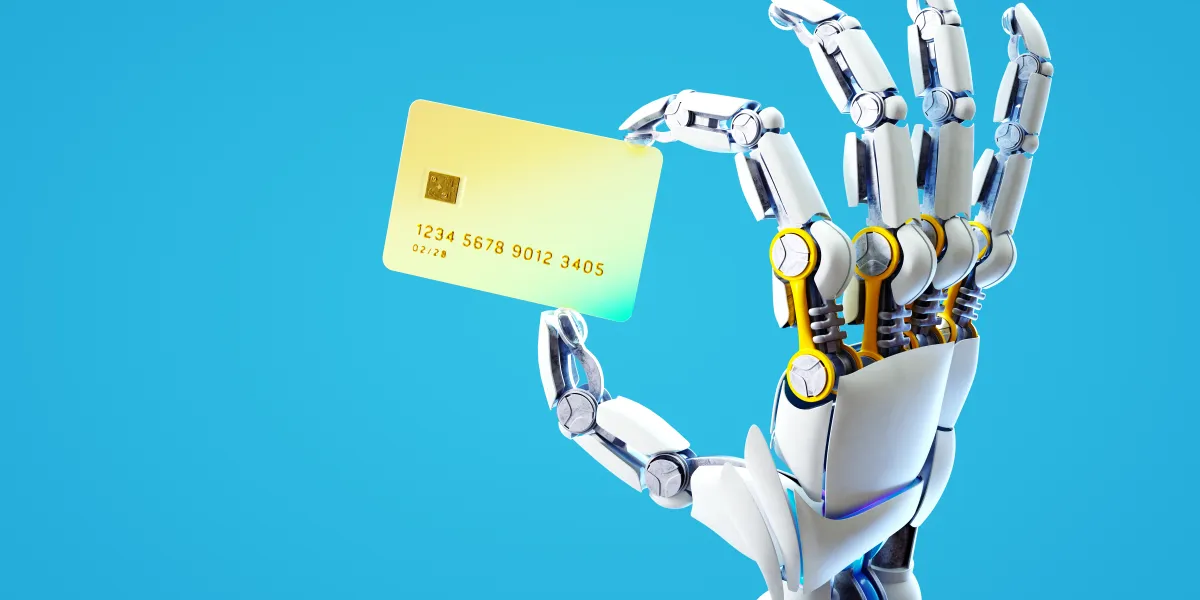
Amazon’s AI-infused Rufus shopping assistant has new features that make it a “faster, more useful, state-of-the-art shopping companion.” Google’s agentic checkout feature “can do the heavy lifting to help you get the perfect item without blowing your budget.” OpenAI on Monday unveiled a free ChatGPT tool it says can generate a personalized gift-buying guide.
New artificial intelligence shopping tools are sprouting right and left just in time for the holidays, when US consumers are expected to spend a record $253 billion online. Technology companies and retailers are rushing to get ahead of a shift in consumer behavior that prognosticators say will one day see people using autonomous agents to research, price and buy products rather than plugging queries into a search engine.
E-commerce hasn’t changed all that much over the past 20 years, and there are signs people are itching for something new. More than 1 in 3 US consumers said they have used AI tools to assist in online shopping, mostly for product research, according to a September survey conducted by Adobe Inc. And the consulting firm McKinsey & Co. forecasts that so-called agentic commerce — a rubric for automated agents aiding purchases or handling transactions entirely — could explode into a $1 trillion business in the US by 2030.
McKinsey could be right, but for the time being, agentic commerce is in an awkward experimental phase, with companies struggling to solve various technical challenges and negotiate partnerships even as they push out a variety of tools and features to see what works and what doesn’t.
Bloomberg asked several AI bots — including Amazon’s Rufus, OpenAI’s ChatGPT and Walmart Inc.’s Sparky — what to buy mom for Christmas. The top suggestion: a cozy bathrobe. Sparky recommended a pink hooded number emblazoned with “Mama Bear,” and ChatGPT suggested buying the robe from Victoria’s Secret. Perplexity Inc.’s AI bot proffered another option found on many gift guides: a $20 wooden photo frame from Etsy.
“There are a lot of really big bets being made right now that consumers want to shop differently and that chat is the way they want to start shopping,” said Emily Pfeiffer, an analyst at Forrester Research Inc. “I don’t think this is going to have a huge impact on the way we shop this holiday season.”Play Video
The appeal of AI-aided commerce is obvious. Navigating through millions of products on Amazon, Walmart, Etsy and other retailers can be a tedious process that involves checking desired feature boxes, combing through reviews and scrolling through one advertisement after another. Telling a chatbot to “Find me a pair of well-reviewed hiking boots in my size, under $100, and available for delivery or pickup by Friday,” seems like a much more user-friendly and intuitive experience. And there are early indications that shoppers referred to a website following a conversation with ChatGPT are more informed and prepared to buy than those who conducted a typical Google search, according to Similarweb Ltd., which monitors website traffic and app use.
But for the most part, bots haven’t yet meaningfully improved shopping. Amazon Chief Executive Officer Andy Jassy recently gave rivals’ technology a mixed review, noting that agents aren’t very good at tailoring shopping to individual consumers and often display incorrect pricing and delivery estimates.
Retailers’ websites — built to be browsed by humans poking around with clicks and eyeballs — have added machine-readable interfaces over the years for automated tools like web-crawling robots, or for partners to manage inventory. But they weren’t designed to hand off purchasing authority to third parties. That’s why many shopping chatbots essentially grab product listings and then present a user with a web link to buy on that retailer’s site — not much of an advancement over the way things have been done for years.
Bot makers are working to solve various technical challenges. Anthropic PBC and Alphabet Inc.’s Google, for example, have built protocols designed to referee how agents communicate, helping translate queries made in human language into something capable of navigating a catalogue. Microsoft Corp. earlier this year announced a set of tools that helps retailers and other companies translate their websites to a medium agents can more readily interact with. Companies are also working with AI models, backed by immense computing power, that can understand what’s rendered on a web browser and click through menus to make an order.
As with any AI tool, efficacy depends largely on the data it feeds on. Retailers, keen to retain a competitive edge over rivals, have long guarded customer information like purchase history and customer reviews that bots could scrape to improve the shopping experience. Amazon, which captures about 40 cents of every dollar spent online in the US, has maintained a walled garden and doesn’t currently permit autonomous shopping on its site. In a warning shot that could have implications for agentic shopping, the e-commerce giant recently sued Perplexity to try and stop the startup from helping shoppers buy items on its marketplace.
Letting in Perplexity and others could damage Amazon’s advertising business, which is expected to generate almost $70 billion this year by persuading shoppers to click on ads while searching for products. Amazon is developing its own shopping bots. Rufus, launched in February 2024, can browse Amazon’s site, recommend products to shoppers and put them in a cart. In April, the company also introduced a feature — still in public testing — called Buy For Me, which is designed to let shoppers purchase items from other retailers’ sites in the Amazon shopping app.
Walmart has shown itself more willing to work with outside companies. The chain in October said shoppers would be able to purchase apparel, electronics, packaged food and other products directly on ChatGPT by pushing a buy button. The feature is rolling out in stages and is initially limited to single-item purchases, not how shoppers typically buy from the world’s largest retailer.
Partnerships with big retailers and payments processors will be crucial for the likes of OpenAI and Perplexity to become serious players in shopping. The ultimate goal is to let users browse and buy directly in their apps without having to leave. Perplexity this week announced it was incorporating PayPal checkout options into its offering. Without giving people an easy way to buy things, the AI startups will be limited to conducting research, said Juozas Kaziukenas, an independent e-commerce analyst.
“It reminds me of searching online for a recipe and you end up on a website that wants you to read a 10,000-word family story before it tells you what you need to make a meatloaf,” he said. “For some queries, ChatGPT will just throw up a wall of text on you. We have to see how this morphs into something that’s cool to use.”
In Bloomberg’s gift-for-mom experiment, Amazon’s Rufus was the only bot that tried to learn more before answering. It asked about her interests and hobbies as well as the price range. After learning that mom is a fan of classic films, Rufus suggested a DVD set of movies starring Spencer Tracy and Katharine Hepburn.
OpenAI is moving in a similar direction with its latest shopping tool. It asks clarifying questions and draws its answers from reviews published on websites, such as Reddit, which the company said may be considered more trustworthy than paid marketing or reviews posted on a product page. Users can use a dedicated “shopping research” button in the chat interface and describe what they’re looking for using instructions like “find a small couch for a studio apartment” or “I need a gift for my 4-year-old niece who loves art.”
Instead of immediately generating a text response, the research tool will ask for more information in a quiz format, taking into consideration possible factors such as budget, color preferences and the desired size of the item. As it gathers information from the web, it will suggest 10 to 15 items along the way, and users will be prompted to click “more like this” or “not interested” to refine the final list.
In a reminder that shopping bots are a work in progress, OpenAI recommended that users visit merchant sites for the most accurate details and cautioned that the new tool “might make mistakes about product details” including price and availability.















